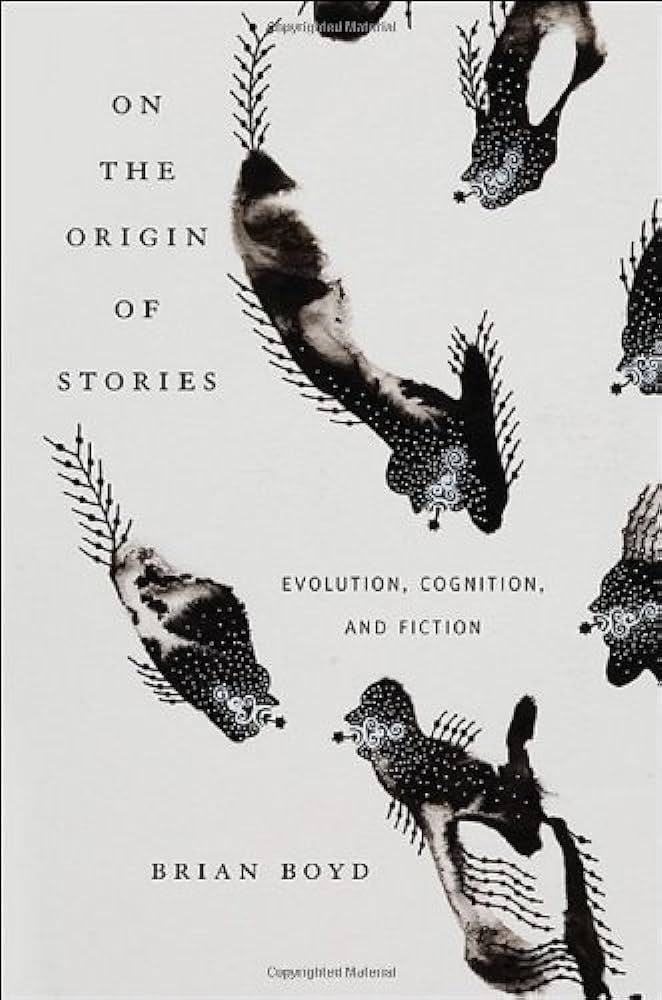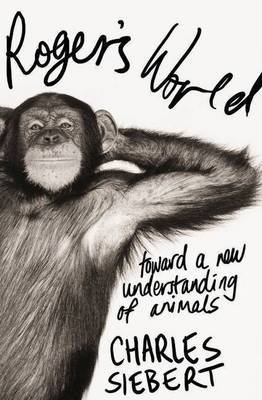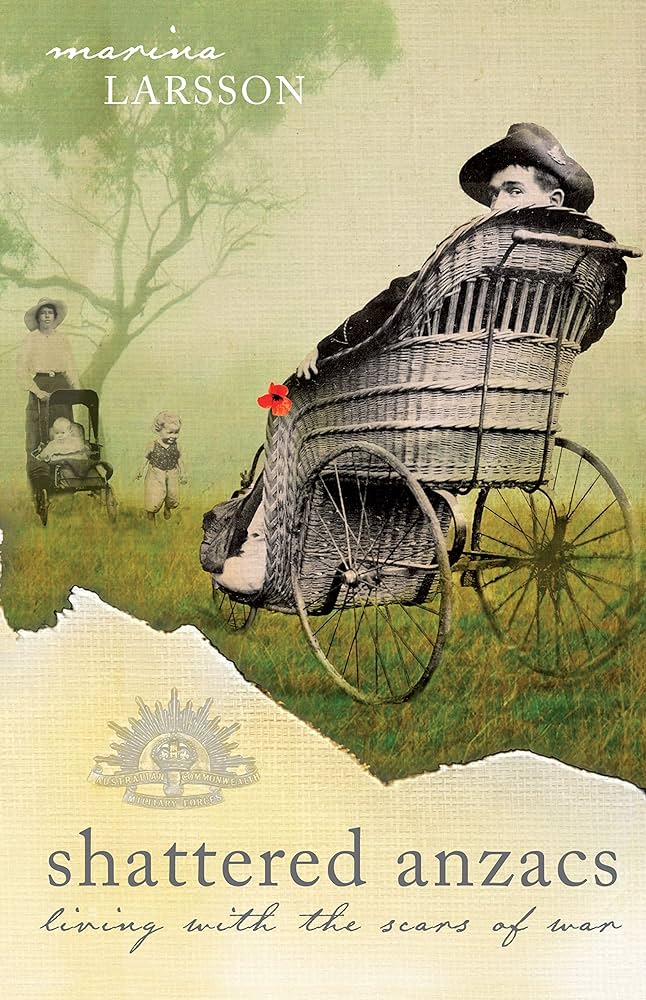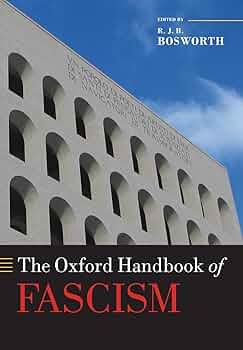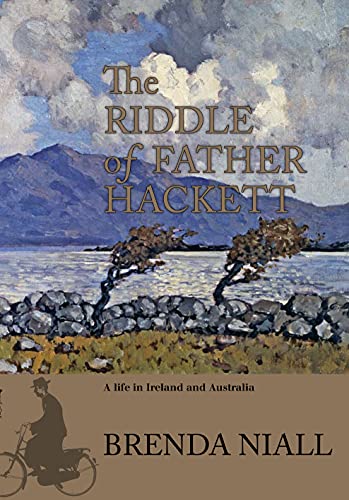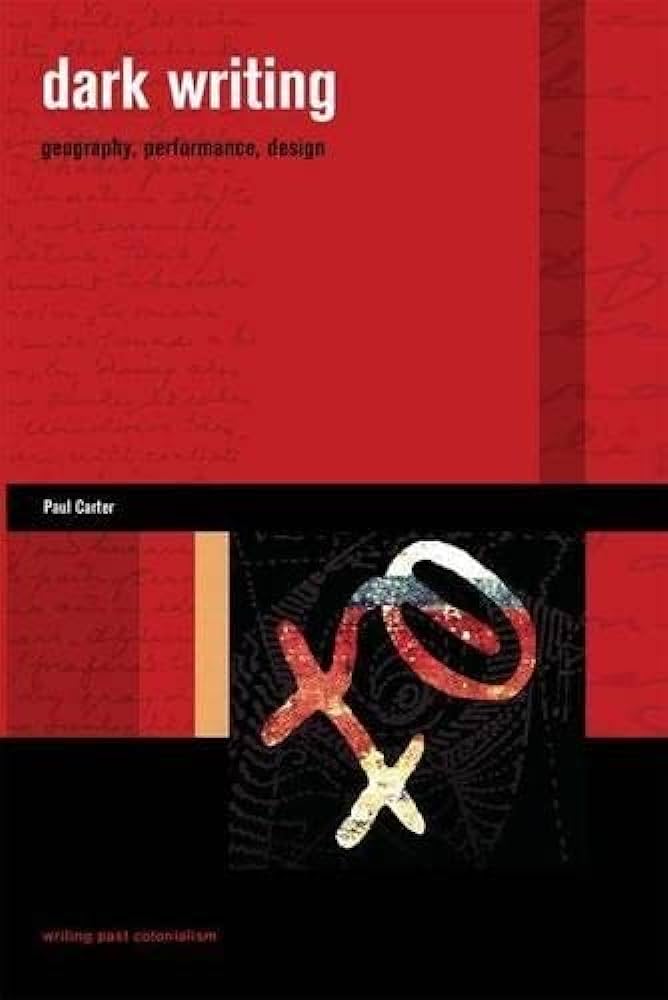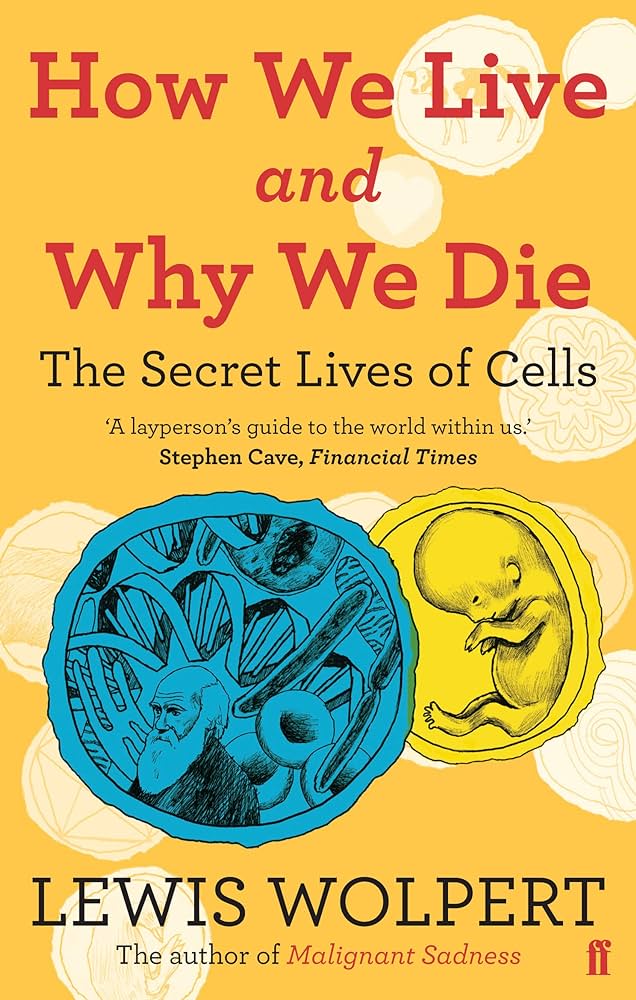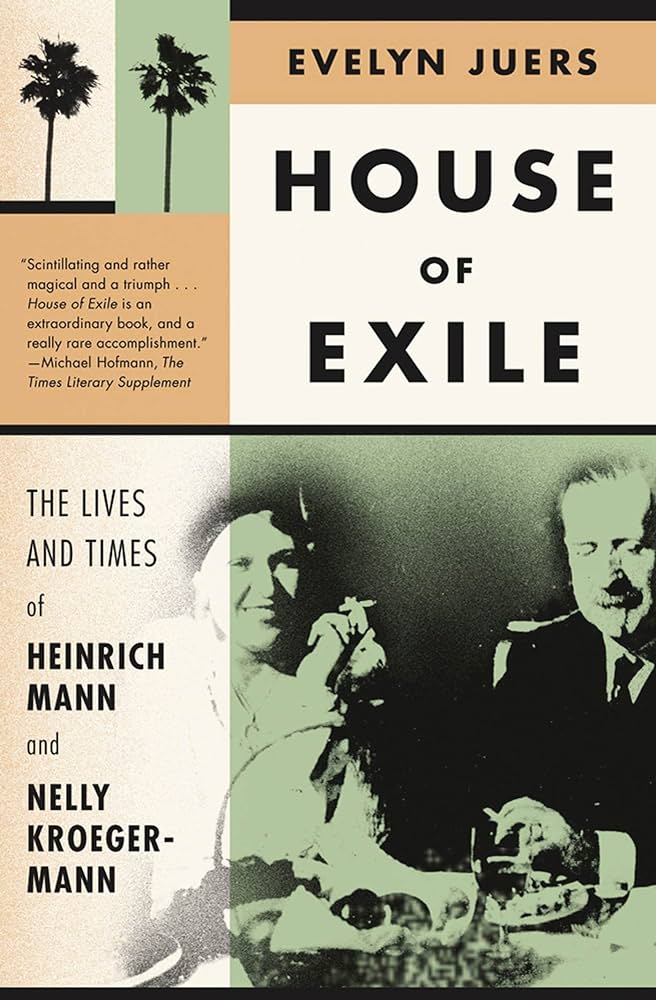Non Fiction
On The Origin of Stories: Evolution, cognition, and fiction by Brian Boyd
Anyone who has found herself in a supermarket late on Thursday when a new checkout opens will have no trouble understanding why evolutionary biologists have struggled to explain the development of altruism in humans. In On Natural Selection, Darwin asserts: ‘In social animals [nature] will adapt the structure of each individual for the benefit of the community, if each in consequence profits by the selected change.’ Yet, practically, how could that adaptation first develop outside family groups? How could a lone altruist achieve anything but loss?
... (read more)Roger’s World: Toward a new understanding of animals by Charles Siebert
Ostensibly, Roger’s World is an account of Charles Siebert’s whistle-stop tour of primate retirement homes in America. By the author’s reckoning, there are approximately two to three thousand chimpanzees in America, as well as a substantial number of their primate cousins. He travels across the country, visiting captive chimpanzees on an ‘impromptu farewell tour of our own kidnapped and caged primal selves’, until he encounters Roger, with whom he feels a profound connection.
... (read more)Shattered Anzacs: Living with the scars of war by Marina Larsson
One of the keenest childhood memories of David Meredith, narrator of George Johnston’s novel My Brother Jack (1964), is of the hall of his parents’ suburban home in Melbourne. It was full of prostheses, the artificial limbs of servicemen returned, maimed, from the Great War. The men are friends and former patients of Meredith’s parents. Her mother was a nurse, her father served in the First AIF. The scant historical regard that has been paid to these damaged men, and to their families, is rectified by Marina Larsson’s brilliant study of Shattered Anzacs. Her subject is the cohort of revenants who returned to Australia after the war – their bodies ruined, shell-shocked, infected with venereal disease and tuberculosis – and the families, institutions and government bureaucracies into whose hands they fell.
... (read more)In a delightful memoir of a boyhood spent in Mussolini’s Italy, Umberto Eco recalled that the heady days of the Liberation in his small town near Milan were encapsulated in the taste of Wrigley’s Spearmint, given by an African-American GI (New York Review of Books, 22 June 1995). After the years of ‘palefaces in blackshirts’, these Americans appeared like exotic time travellers from the future. At the same time, the boy discovered that, unlike the long-winded Duce, large slabs of whose bombast schoolchildren were expected to commit to heart, the leader of the local partisans addressed the cheering crowd in the piazza with a few well-chosen and rhetoric-free words. Equally astonishing was the discovery that newspapers could carry opinions other than those mandated by the state.
... (read more)The Riddle of Father Hackett: A life in Ireland and Australia by Brenda Niall
Brenda Niall has the knack of lucid multi-focus, a great thing in a biographer. That organisational deftness, an ability to keep the tangled loops of people’s lives spooling freely through her fingers while she projects a rich and dramatic context for them, was evident in her group study of The Boyds (2002), and it is the structural virtue in this new work, The Riddle of Father Hackett.
... (read more)The design of this book is something of a mystery, not least because it presents as a critique of design, seeking to recuperate something that has been lost through ‘the graphic orthodoxies of cartography and architectural drawing’. This lost cultural component, the ‘dark writing’ of Carter’s title, is variously evoked as mythological, participatory, creative and recreative, as a body, a form of movement, a certain kind of substance.
... (read more)Learning about the world is one of the great fruits of reading. It can be as much fun as solving a puzzle, provided the information is presented to invite questioning and interpretation. These five attractively produced, accessible books are designed to appeal to their intended audiences, but how well do they avoid the over-simplification that is an inherent danger in tailoring ‘facts’ to the needs and interests of inexperienced readers?
... (read more)How We Live and Why We Die: The secret lives of cells by Lewis Wolpert
All living organisms are made of cells. Some, like bacteria, consist of just single cells; others, like humans, contain trillions of individual cells. The term ‘cell’ was first used in this context by the remarkable Robert Hooke in his beautifully illustrated masterpiece Micrographica: or some Physiological Descriptions of Minute Bodies made by Magnifying Glasses with Observations and Inquiries Thereupon (1665). Hooke had been observing a thin slice of cork under his newly developed microscope. These cells were ‘[the] first microscopical pores I ever saw, and perhaps, that were ever seen, for I had not met with any Writer or Person, that had made any mention of them before this.’ He then showed why:
... (read more)House Of Exile: The Life and times of Heinrich Mann and Nelly Kroeger-Mann by Evelyn Juers
Evelyn Juers’s wide-ranging and suggestive study of Heinrich Mann (older brother of Thomas) and his second wife, Nelly Kroeger-Mann, opens with a vivid extended anecdote, recounting a meeting between the couple and Bertolt Brecht at a fruit market in Los Angeles, in the summer of 1944. Members of the community of European exiles in Los Angeles had flocked to the market because a farmer ‘was selling berries … Not just strawberries, blueberries … [but] also … gooseberries’. Jokingly translating the English word into Gaensebeeren (the actual German is Stachelbeeren), Brecht is caught handing out ‘a great mound of amber fruit’, giving Heinrich and Nelly ‘a translucent gem to taste’, and wittily punning ‘that he was no gooseberry fool’.
... (read more)Andrew Fisher fares well in the new Museum of Australian Democracy, at Old Parliament House, Canberra. The entrance to the galleries is framed, on one side, by E. Phillips Fox’s dark 1913 portrait of an imposing and resolute Fisher, in contrast to the garish, spreading corpulence of George Lambert’s 1924 Sir George Reid on the other. Inside, in the procession of prime ministers, Fisher is represented more comprehensively and intimately than his peers. There is his miner’s crib – for this leader of Australia’s first majority Labor government definitely came from the working class – and his fountain pen, presented by his granddaughter to Kevin Rudd (who, the caption reads, is a ‘passionate admirer’ of his Queensland predecessor). Elsewhere in the Museum, in commemorating the suffrage movement, the key exhibit is a replica of the hat worn by Fisher’s wife, Margaret, when she marched beside Vida Goldstein in a London protest for women’s franchise in 1911.
... (read more)

